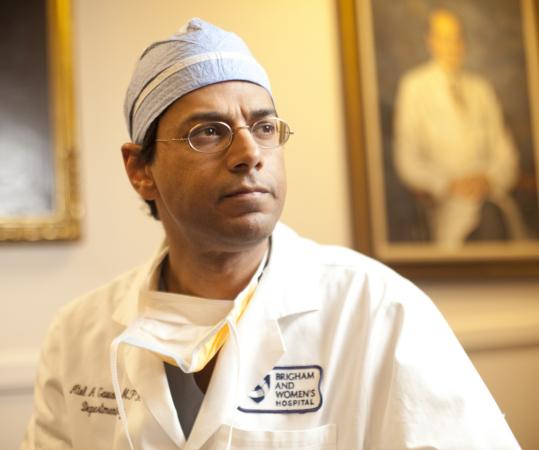 Terminally ill cancer patients who relied on their religious faith to help them cope with their disease were more likely to receive aggressive medical care during their last week of life, a study shows.
Terminally ill cancer patients who relied on their religious faith to help them cope with their disease were more likely to receive aggressive medical care during their last week of life, a study shows.
Patients who engaged in what the researchers called positive religious coping, which included prayer, meditation, and religious study, ended up having more intensive life-prolonging interventions such as mechanical ventilation or cardiopulmonary resuscitation.
The study is published in the March 18, 2009 Journal of the American Medical Association.
The patients who reported a high level of positive religious coping at the start of the study were almost three times as likely to receive mechanical ventilation and other life-prolonging medical care in the last week of life as patients who said they relied less on their religious beliefs to help them deal with their illness.
A high level of religious coping was also associated with less use of end-of-life planning strategies, including do-not-resuscitate orders, living wills, and appointment of a health care power of attorney.
It is not entirely clear why terminally ill patients who report relying more on their religion would choose more life-prolonging medical interventions.
But researchers say these patients may be less likely to believe their doctors when they are told there is no hope.
“There may be a sense that it is really not in the hands of the doctors to decide when to give up,” study researcher Holly G. Prigerson, PhD, of Boston’s Dana-Farber Cancer Institute tells WebMD. “Refusing some of these very aggressive medical interventions may be seen as giving up on the possibility that God might intervene.”
Religion and Coping with Illness
The study included 345 advanced cancer patients treated between January 2003 and August 2007 at medical facilities across the country.
Use of religion to cope with illness was assessed through questionnaires and patient interviews.
Patients were followed until death, which occurred an average of four months after enrollment.
She points out that fully a third of the Medicare budget each year is spent treating patients in their last year of life, and a third of that expense occurs in the month before patients die. “In the long run, many of these interventions result not only in more patient suffering, but they have huge costs for society,” she says.
In a recent Huffington Post article: http://www.huffingtonpost.com/valerie-tarico/religion-may-increase-med_b_179499.html “We are made to be scared of dying–to fight for life and as the poet Dylan Thomas put it to ‘rage against the dying of the light.’ Nonreligious people have to face this head on. They have to wrap their brains around the idea of non-existence, which frankly is rather hard to grok. Emotionally it raises not only fear but anger, confusion and grief. Religion offers a shortcut. Death isn’t really death. It is a transition to the next phase of life.” She believes the religious opt for longer treatment because, “At some level, a believer may wonder or even know that he simply doesn’t know, but belief itself precludes the hard work of coming to peace with nonexistence.”
By Salynn Boyles
WebMD Health News
The study is available at JAMA. http://jama.jamanetwork.com/article.aspx?articleid=183578








Good insight. I have seen patient’s who have professed great comfort and strength from religion really suffer during the final days as they question and and fight the inevitable. I never really understood if their religion provided such comfort to them throughout life, where did it go at the end?
Religion is one of the great illusions. Most of my patients who were well educated and informed regarding the end did not suffer as much. They were fearful but not distraught with it. Those that had the religious zealousy found it much more difficult to let go.
It seems to me that those with a religious orientation are less accepting of what is inevitable. They are more attached to “this’ world. Is this Divine Will fighting or are they fighting Divine Will?
May that be the same for us all. Thanks for your comments